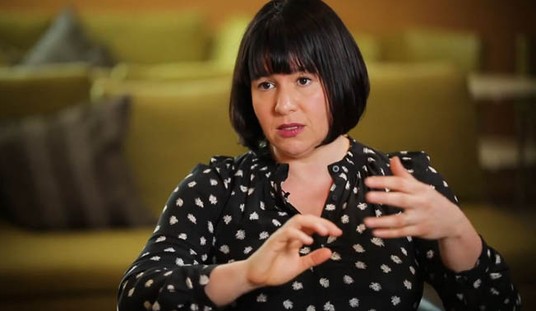The January jobs report largely met the low expectations of the market today. The US economy added a net 157,000 jobs, but the unemployment rate went up by a tenth of a point to 7.9%:
Total nonfarm payroll employment increased by 157,000 in January, and the unemployment rate was essentially unchanged at 7.9 percent, the U.S. Bureau of Labor Statistics reported today. Retail trade, construction, health care, and wholesale trade added jobs over the month.
Household Survey Data
The number of unemployed persons, at 12.3 million, was little changed in January. The unemployment rate was 7.9 percent and has been at or near that level since September 2012. (See table A-1.) (See the note and tables B and C for information about annual population adjustments to the household survey estimates.)
Among the major worker groups, the unemployment rates for adult men (7.3 percent), adult women (7.3 percent), teenagers (23.4 percent), whites (7.0 percent), blacks (13.8 percent), and Hispanics (9.7 percent) showed little or no change in January. The jobless rate for Asians was 6.5 percent (not seasonally adjusted), little changed from a year earlier. (See tables A-1, A-2, and A-3.)
In January, the number of long-term unemployed (those jobless for 27 weeks or more) was about unchanged at 4.7 million and accounted for 38.1 percent of the unemployed. (See table A-12.)
The broader U-6 measure of unemployment remained unchanged at 14.4%. That measure, which includes underemployed and discouraged workers left out of the more well-known U-3 unemployment rate, is still above the 14.2% rate of January 2009, when Barack Obama took office. One year ago, it was 15.1%. During the last expansion, it reached a low of 8.0% in 2006 and 2007.
Workforce measures remains steady in January. The civilian-population percentage ratio was unchanged from December’s 63.6%, one-tenth of a point above the 31-year low set in August 2012. The same is true for the employment-population ratio, which stayed at 58.6%, just two-tenths below the generational low of 58.4% also set in August 2012.
The addition of 157,000 net jobs isn’t bad news, but it’s not good news either, as those workforce measures show. Job creation is only keeping pace with population growth. We will never make a dent in the more than 8 million workers who no longer participate in the workforce at this level of job creation.
Note: Interestingly, the Household Survey only showed an increase of 17,000 jobs in January.
Update: Color CNBC unimpressed:
The new year started off with an old story: Employment grew again in January but not at a pace able to lower the jobless rate.
Nonfarm payrolls rose 157,000 for the first month of 2013 while the unemployment rate edged higher to 7.9 percent, news unlikely to alter the Federal Reserve’s monetary policy or instill confidence that the recovery is gaining steam.
Economists were looking for 160,000 net new jobs created with the unemployment rate holding steady at 7.8 percent.
However, CNBC noted the substantial upward revisions for November and December, too:
November’s numbers rose from the originally reported 161,000 to 247,000, while December was pushed upward to 196,000 from 155,000.
It’s interesting to see that level of job creation combined with a contraction in the economy in Q4. In part, that’s because the contraction had other issues; real final sales of domestic product rose 1.1% in Q4, which means that a low level of hiring would have been necessary. I’m wondering if businesses thought the quarter would do better than it actually did.
Update II: Reuters closes the books on 2012, pointing out that the level of job creation has done little to improve the overall employment picture:
Job growth in 2012 averaged 181,000 a month, but not enough to significantly reduce unemployment. Economists say employment gains in excess of 250,000 a month over a sustained period are needed.
Though the unemployment rate dropped from a peak of 10 percent in October 2009, that was mostly because some unemployed Americans gave up the search for work because of weak job prospects.
The share of the working age population with a job has been below 60 percent for almost four years.
And it actually went backwards from that rate in January.








Join the conversation as a VIP Member